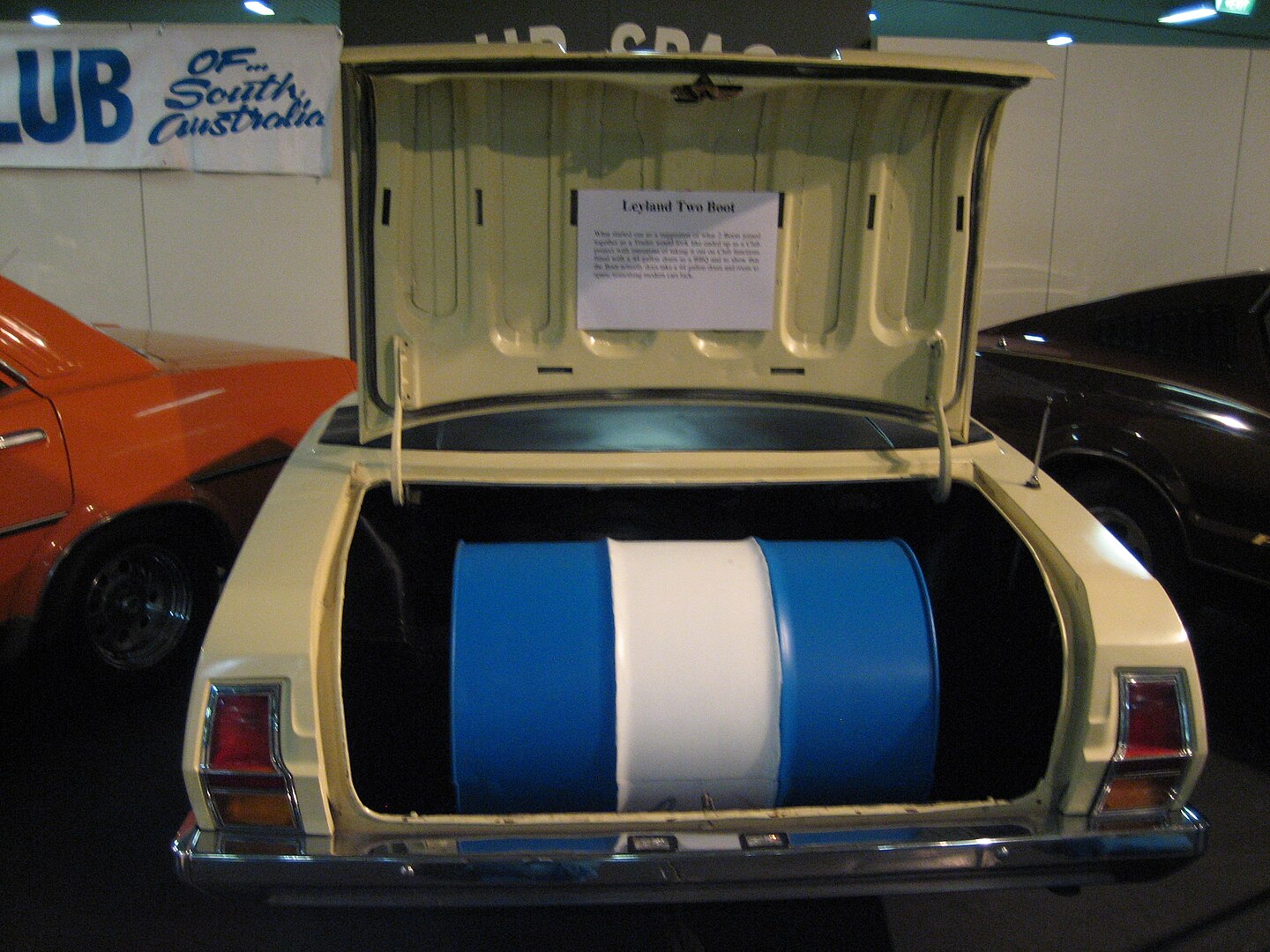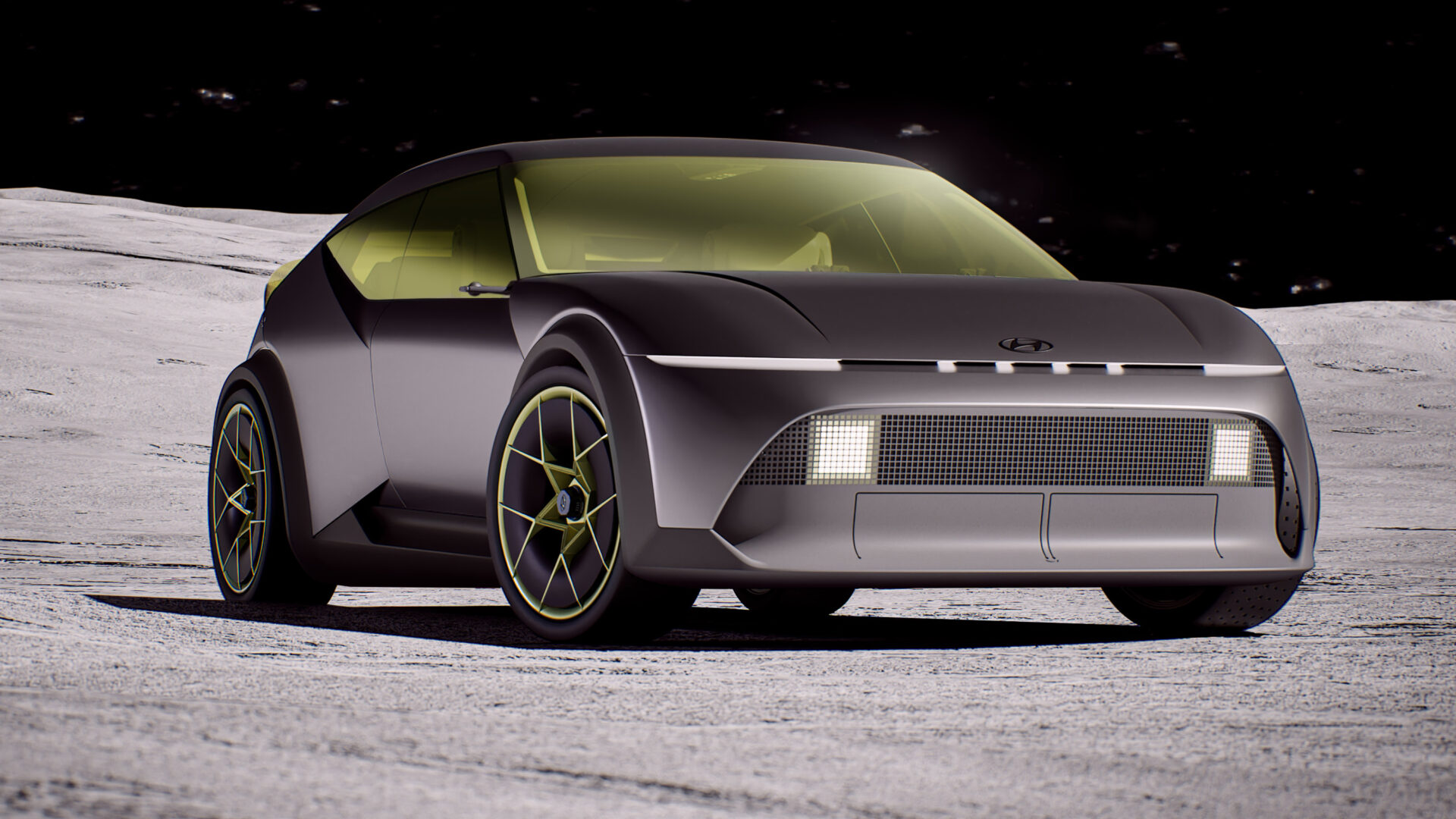The Lotus Evora 400: The Forgotten Supercar
The Lotus Evora is the forgotten supercar. Launched in 2008 and on sale since 2010, it’s a car that has been critically-acclaimed everywhere it goes. Thing is, that’s not enough in the performance car realm. With Audi, BMW and Mercedes expanding their ranges and sales of Ferraris, Lamborghinis and Porsches going mental, you can’t trade on F1 glories from Seventies.
It also has to battle badge snobbery and not just the one on the nose. Every Lotus for the last thirty-odd years has had an uphill battle and it just doesn’t seem fair. Everyone craps on about loving the underdog, but when push comes to shove, the badge is the first thing they look at.
History

For some reason, the Evora was known as Project Eagle inside the Hethel factory where it was born. In 2008 it first appeared blinking under the spotlight (okay, it didn’t blink) as the Lotus Evora. Probably due to some sense of patriotism, Lotus chose the British International Motor Show to present the new car rather than the sane, logical choice of the Geneva show.
The usual idiots complained about its 3.5-litre supercharged Toyota V6, deriding it mercilessly. When it finally hit the road two years later in 2010, it did so in a blaze – it was good. Plasticky, yes. Not as good an interior as a Porsche, sure. But everybody raved about the steering and the chassis balance.
In 2015 the Evora underwent a facelift and became the Evora 400. The 410 joined it and then in 2017 the hard core GT430 made it three.
Some think the Evora is spun off the Elise platform, which is fair given that every car since 1995 shares the undergubbins of that lightweight wonder. The Evora, however, has its very own chassis that was supposed to spawn a whole new range. Before Evora there was Europa S, which was similar in concept but wasn’t particularly well-received.
Poor old Lotus has developed a habit of being passed from owner to owner, a bit like Lamborghini and Maserati in the 70s and 80s. General Motors owned it and did a terrible job. Proton owned it and did a terrible(ish) job, hiring Danny Bahar from Ferrari. He promptly made a huge fuss by saying the company could produce five new cars, but everybody hated them and him. He was subsequently fired for…reasons that are still before courts. Apparently.
But now Lotus is owned by Geely who has done an absolutely tremendous job with Volvo. So things are looking up.
2017 Lotus Evora

The Lotus Evora is unlike anything else on the road today. It’s a mid-engined, aluminium space-framed car with a composite body built pretty much by hand in England. It runs either a six-speed manual or a six-speed automatic (famous for being used in a truck).
Its name comes from the words Evolution, Vogue and Aura, but the less said about that, the better. It’s better than Eagle and I quite like the way it rolls off the tongue. Amazingly, it’s one of just two 2+2 coupes left in the sports car world, the other being the amazing BMW i8.
Unlike the BMW, its doors are perfectly normal but are very light. Getting in is rather easier, but with a fatter sill than a normal car, it’s still not a simple step-in proposition. But you’ll work it out. No special instructions needed, just remember to keep your feet up.
I’m not going to lie, it isn’t the greatest interior in the world. It is clearly dated and produced on a budget that wouldn’t buy GM a re-profiled indicator stalk. Speaking of which, that’s where the indicator stalk is from, as well as a few other bits and pieces. In the end it all works, and if you don’t like the Alpine stereo, it doesn’t matter. You can have it out in about five minutes and replace it with something better and with proper smartphone integration. Easy.
As with any car like this, it really isn’t a problem that there are bits of other and lesser cars in here. It goes double for the Lotus because the cars it pinches the bits from aren’t in production anymore, and I don’t say that to be cruel.
The 2015 update included new aero parts for more downforce, a bi-modal exhaust and new interior bits including dashboard and centre console.
V6 Engine

Ah, yes. The first thing people who have never driven the car complain about. It’s Toyota’s 2GR-FE V6, displacing 3.5 litres and producing a nice even 400bhp (406hp/299kW). When first released, the base Evora didn’t have a supercharger and produced just 276bhp (280hp/206kW) from its 2GR-FE. Alongside the Evora was the Evora S (2011-2014), which had the same engine with a Harrop supercharger and produced 345bhp (350hp/257kW).
The 400’s supercharger is from Edelbrock and not only ups the power but the torque, also a neat 400Nm. This upgraded engine slashed half a second from the 0-100km/h (0-62mph) time, dropping to 4.1 seconds.
Mounted across the car behind your back, you can see it in the rear vision mirror and when you hit the exhaust button (or race mode), you can really hear it. Behind the engine is a six-speed manual or six-speed automatic, both from Aisin.
Of course, it’s rear-wheel drive. There have been front-wheel drive Lotuses, most famously the Peter Stevens-designed Lotus Elan of the 1990s. That was when Lotus was owned by the mad, rich Romano Artioli. He was good, though – he gave the world the Elise, named after his grand-daughter. And, somehow, the Bugatti EB110.
Weighing just under 1400kg (or just over 3000lb), the Evora 400 winds out to 299km/h (186mph). That’s pretty good for a car this size, price and provenance.
Chassis

This is what Lotus is all about. Right back to the days the company ran out of some old stables behind a pub owned by founder Colin Chapman’s father, the mantra was always add lightness.
Like the Elise, the Evora is built on a bonded aluminium chassis. As always, there’s a long story attached to it, but this brand new platform was meant to go underneath three more cars. Unsurprisingly, that hasn’t happened.
Part of the strategy of this platform was to build a car taller people could actually fit in. At the time, Lotus CEO Mike Kimberley was in charge and he was nearly two metres tall (6ft 5in, 196cm) and didn’t really fit in either the Elise or Europa. While the early cars were hard to get into, the car’s facelift included a nip and tuck of the wide sills.
The 2015 update meant some serious changes for the Evora. First, the Eibach springs were stiffened up, particularly at the rear. The Bilstein dampers were refined and retuned and bigger AP Racing brakes fitted. And, wonderfully, a Quaife limited slip diff was fitted as standard, working with four selectable driving modes (Drive, Sport, Race and Off). The driving modes also operate the loud and louder settings for the new three-inch exhaust.
Weight also dropped by about 42kg (about half a standard-sized human) and the new aero produces a decent amount of downforce. More to the point, it cuts lift.
Driving

Oh my. Oh me, oh my.
Here’s the thing. One would expect a low volume sports car to be full of compromises. Goodness, even big companies punch out sporty cars that force you to put up with things you don’t want in the name of sportiness.
But Lotus is different. The compromises come in places that people like you and me try not to care about. The interior, while perfectly functional, isn’t great and would make an Audi designer blush. But you sit in one of the best driving positions known to man. You can see out. The steering wheel is in the right place and the right angle and the seats are perfect.
Twist the key, press start – I love that affectation – and that other “compromise”, the Toyota V6, barks into life. This is no meek Toyota USA boredom barge engine, it sounds like a sports car should. Tiny but raw, too. In Drive mode there’s a faint supercharger whine until you give it a bootful on those lovely aluminium pedals and it fires up. It’s not hugely loud, but pleasantly raucous.
Sport and Race ups the exhaust histrionics, with a lovely chunky blare from the central exhaust. Those two modes also mean you can have a bit more fun, with a lovely wriggle from the rear end when you’re getting on it.
The amazing thing about the Evora is that it is incredibly user-friendly. Nothing – and I mean nothing, not even cars with clever dynamic dampers – this side of a McLaren rides this well and goes this fast around corners. The Evora has always been famous for being a plush ride but this is…well, it’s black magic.
What the Evora is also famous for is its steering. Few cars can replicate the balance of communication and weight that Evora has. It’s so good to drive, with perfect weighting, near-instant throttle response (no turbos to wind up) and a chassis with more grip than a Trump-Trudeau handshake.
It’s the lightness of touch that gets me – the throttle response, while sharp, will never scare you out of a corner. It almost knows before you do how much you need and coaxes you to push the pedal where it needs to be. The brakes are super-sturdy and none of your carbon-composite nonsense. A car this light doesn’t really need all that power.
It’s probably not really a supercar in the modern sense. Some hot hatches are as quick in a straight line. But very few cars can touch the delights on offer in corners, at least not at the price of the Evora. Plenty of cars are made to drive to, on and from the track, very few of them are as capable doing all three. It’s probably in the same league as a Porsche Cayman or a 911, but there’s one thing the Cayman doesn’t have: the Lotus pedigree and spirit. Money can’t buy that, but a long history stretching back to the glory days of F1 comes with that badge.






















Leave a Reply